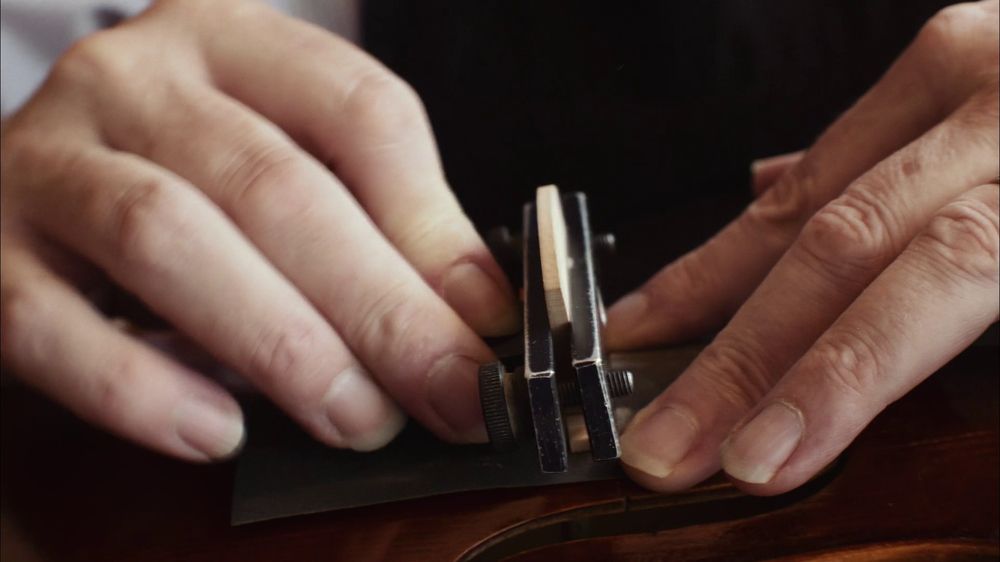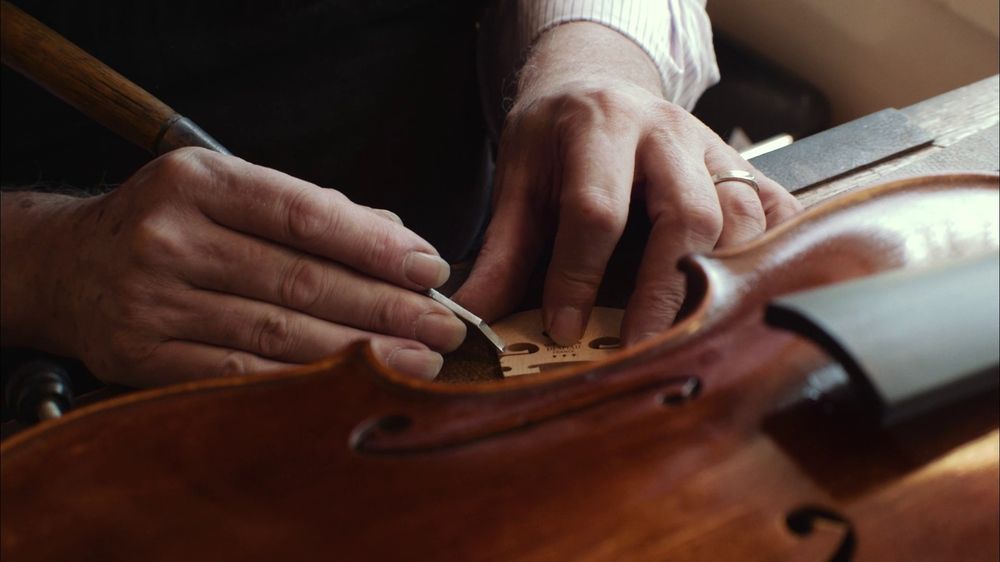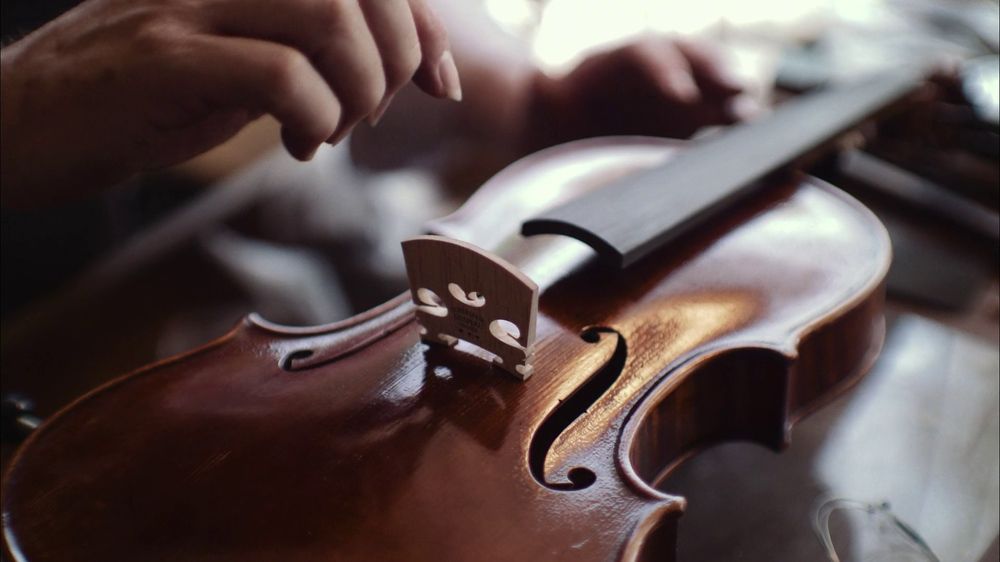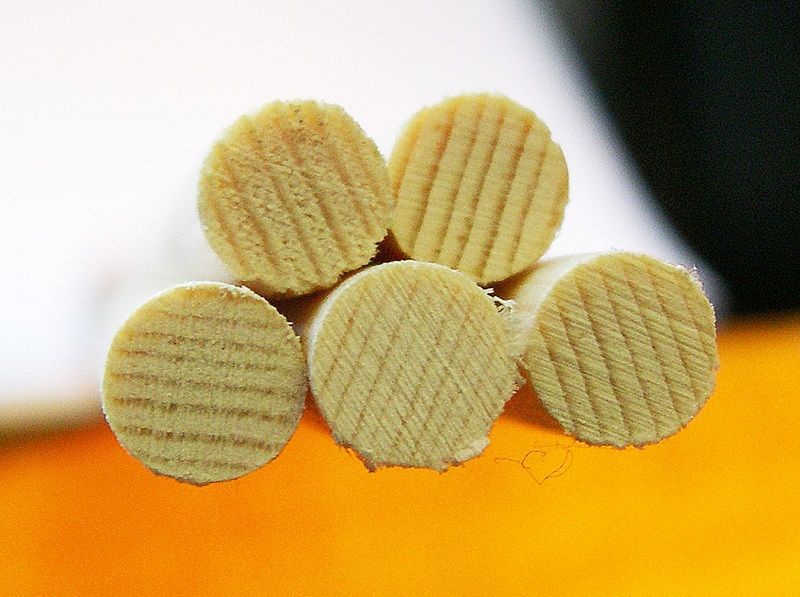Bridge & Soundpost ♣
Maximizing your Instrument's Sound Potential...

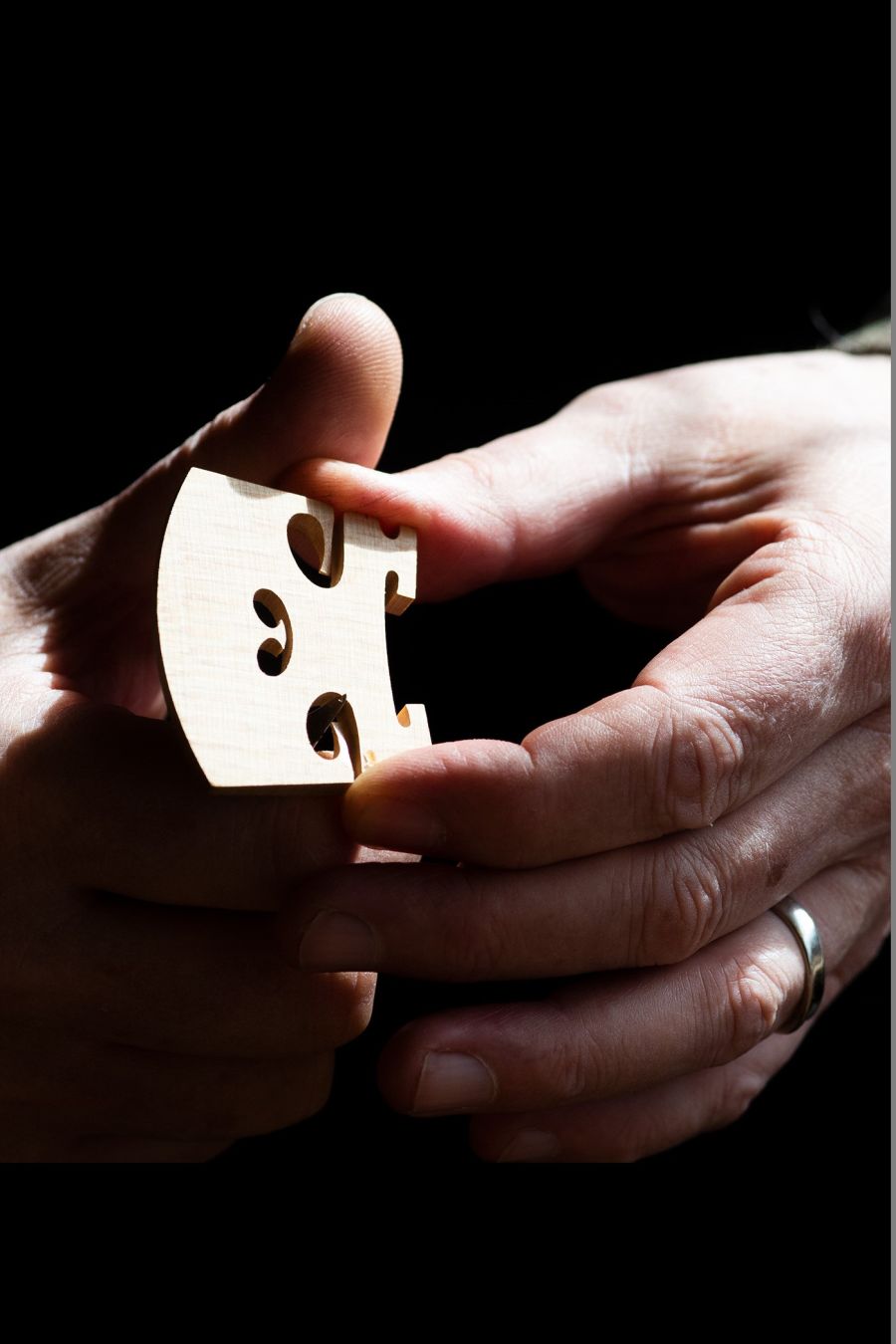
Sound Adjustment & Set-up ♣
Fine Instrument Adjustment
Important considerations to make your Fine Instrument perform at it's peak!
"The finest Stradivari in the world will sound poor if it is not correctly set up."
The bridge and the soundpost of the violin have symbiotic acoustical and mechanical functions for transmitting the strings' vibration to the body of the instrument and modifying the flex of both top and back plates.
The chief function of a violin’s bridge is to transform the motion of the vibrating string into periodic driving forces which are applied by the feet to the top plate of the violin.
The chief function of the soundpost is to temper the movment of the top and transfer vibrations to the back while also tempering it's movement.

The Bridge ♣
Fitting a new bridge for tonal considerations is critically important. This small piece of wood is the point at which the strings' vibrations are transfered to the instruments body.
What is important to consider about the bridge?
First of all, one should consider the reason for needing a new bridge.
Does the reason for changing a bridge have more to do with tonal improvements or with playability?
If it is the latter, and the instruments sound with the old bridge to your liking, then wood that exhibits the same sound properties and material qualities to that of the old bridge is used.
If a new bridge is to improve the sound quality of the instrument, tonal changes can be achieved by choosing differing densities of wood, opening up various areas, changing thicknesses of various sections, and manipulating any number of other variables.
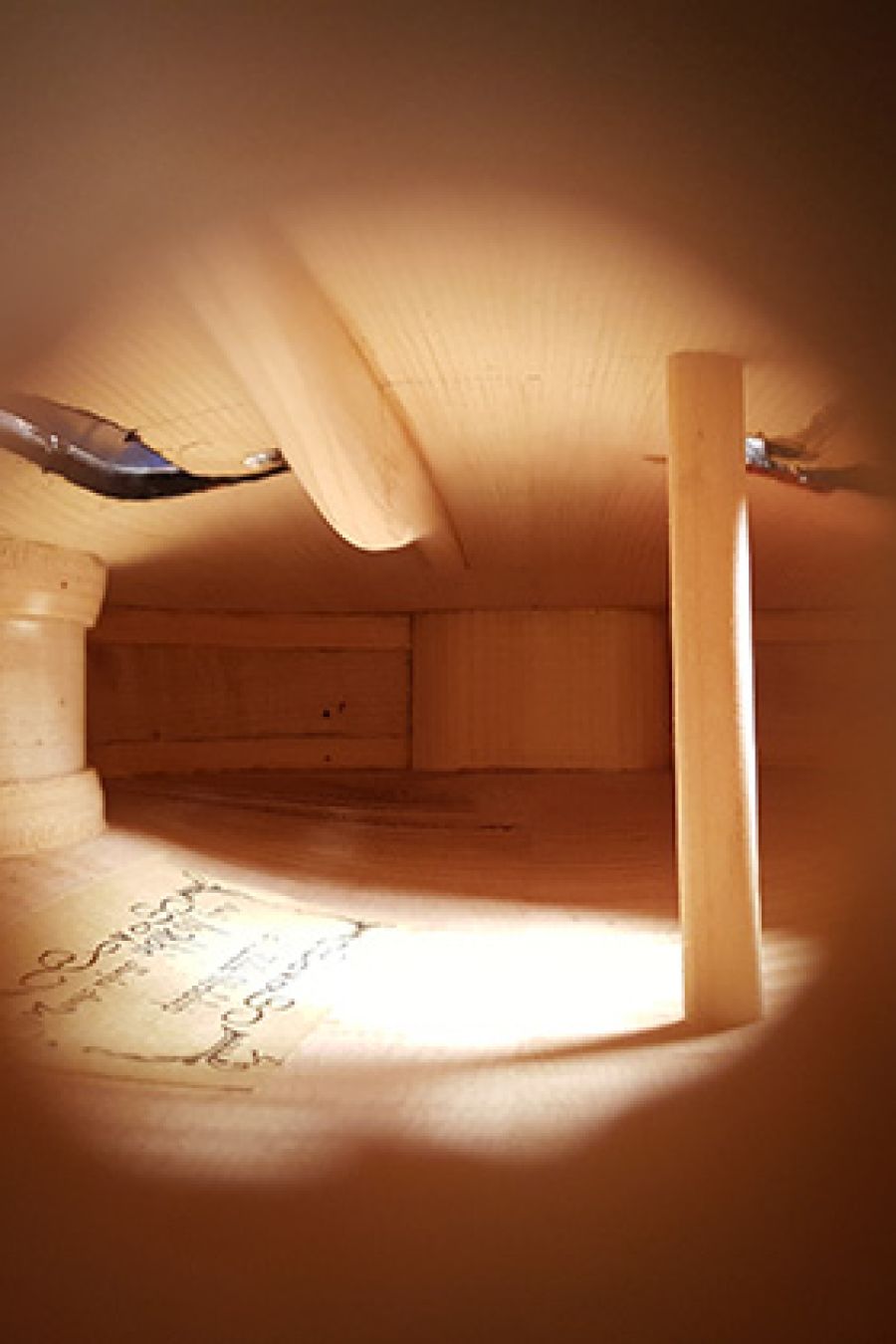
The Soundpost ♣
The soundpost is a small cylindrical piece of spruce wedged between the belly and back of the instrument. In violin making this little piece of wood is refered to as the "soul" (anima in Italian) of the instrument. The soundpost plays a considerable role in coloring the sound of your instrument and a skilled luthier can coax a host of nuances of sound flavor to help you get your instruments Perfect Sound.
My experience has been that there is no "normal" or standard position where the sound post must be placed. It is much more a question of locating the ideal position for the individual instrument. This works optimally only in cooperation with the musician and can often be a time consuming, but invaluable, process.
The soundpost is "Where the Art transcends the Math".


